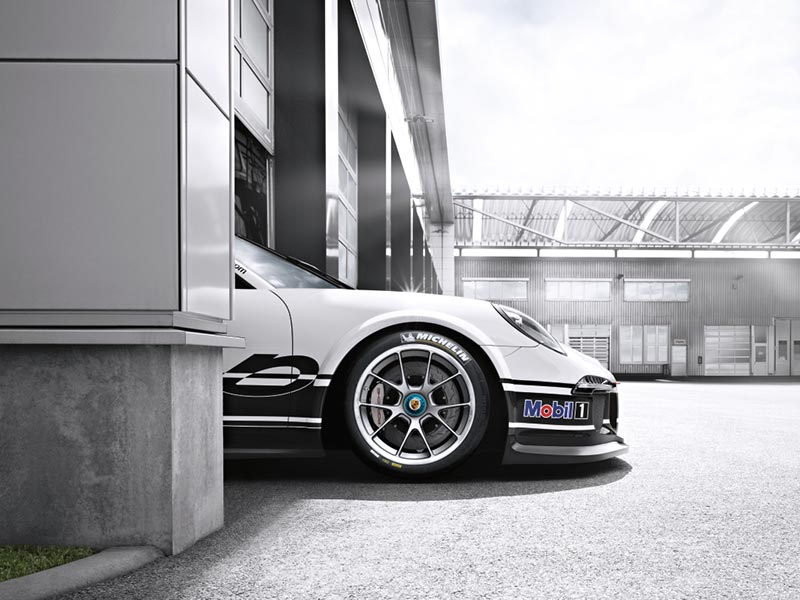
Tyres
The right tyres for your vehicle
Tyre construction

















Tyre marking















Just five good reasons for taking a closer look
The EU label's 5 criteria.
Since the end of 2012, commercial car and truck tyres have required an EU label. Even some countries outside the EU – for example, Korea – have introduced the label, or plan to do so in future. The label or sticker shows a rating based on the following 5 criteria: Fuel efficiency, wet grip, and rolling noise. On 1 May 2021, additional symbols to indicate snow and ice grip were introduced.
Fuel efficiency.
Wet grip.
Rolling noise.
Snow grip.
Ice grip.
The EU label. No replacement for the Porsche "N" mark.
The new EU tyre label only features 3 established criteria, as well as notes on snow and ice grip for car and truck tyres, and is no replacement for
There is often a conflict of interest when considering the EU label's criteria: A tyre with a particularly low rolling resistance will always provide a worse wet grip.
Only N-marked tyres provide you with the certainty that you're buying high-quality tyres tested specifically for your model of
You can find more information about tyre labelling on the Commission's website (Tyres | EU Commission (europe.eu)). Fuel consumption can be considerably reduced by eco-friendly driving. Tyre pressure should be checked regularly to improve fuel consumption and wet grip. Particular attention must always be paid to stopping distances.



